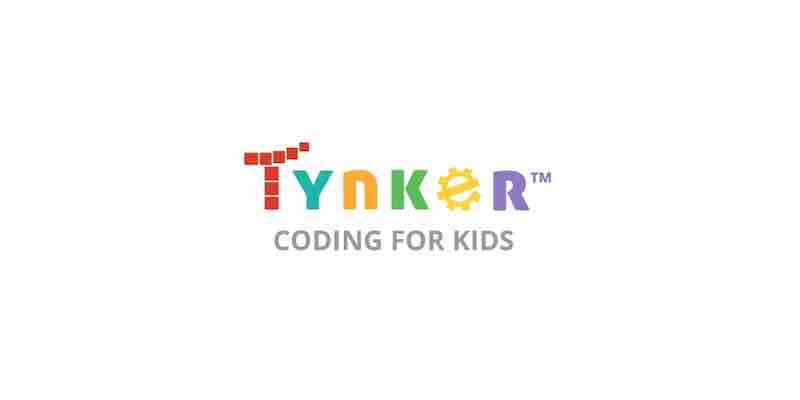Ten Programming Languages for Kids

Introducing kids to programming early can help develop their problem-solving skills, creativity, and logical thinking. Here are ten programming languages that are suitable for kids based on their simplicity, visual nature, and interactive capabilities:
- Scratch: Developed by MIT, Scratch is a visual programming language that allows kids to create animations, games, and interactive stories by dragging and dropping code blocks.
- Blockly: Developed by Google, Blockly is a visual code editor representing coding concepts as interlocking blocks. It’s used in many kids’ coding platforms.
- Python: Its simple and readable syntax makes it a great introductory language for kids. Tools like Turtle graphics make learning Python fun and visual.
- JavaScript: With platforms like Khan Academy and Code.org offering interactive JavaScript courses, kids can learn to create web-based games and animations.
- Swift Playgrounds: Developed by Apple, Swift Playgrounds is an iPad app that teaches kids how to code in Swift (Apple’s programming language) interactively and playfully.
- Tynker: Tynker is a coding platform for kids that uses visual blocks, similar to Scratch, but also offers courses in JavaScript and Python as kids progress.
- Alice: Developed by Carnegie Mellon University, Alice is a 3D programming environment that helps kids create animations, build interactive narratives, or program simple games.
- RoboBlockly: A visual programming language for learning math and coding, RoboBlockly offers a smooth transition from block-based to text-based coding.
- Kodu: Developed by Microsoft, Kodu is a visual programming language designed for creating games. It’s especially suitable for kids who are interested in game development.
- Ruby: With tools like RubyKids and Shoes, kids can get a gentle introduction to Ruby, a powerful yet beginner-friendly language.
When choosing a programming language for kids, it’s essential to consider their interests and age. Visual-based languages are generally more suitable for younger kids, while text-based languages can be introduced as they grow older and more confident.